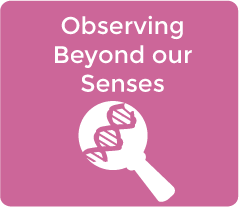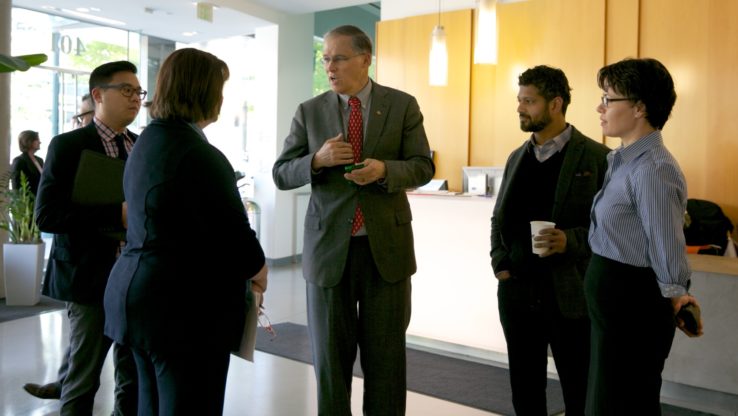
Lesson 3 – Inferences from Proxy Variables-Mock AFM
Observation is the skill of recognizing and noting some fact or occurrence in the natural world. Observation includes the act of measuring. To infer is to arrive at a decision or logical conclusion by reasoning from evidence. Scientists use observations to make inferences.

Lesson 2 – Design Process-Measuring Wind Speed
his introductory activity has students quickly cycle through a complete design procedure centered on a measuring challenge. Specific aspects of a design procedure, such as defining criteria or evaluating trade-offs, will be practiced again in later instrumentation activities.

Lesson 1 – Introduction to Saline Environments & Microbial Halophiles
Environments of differing salinities form on earth. Human activities impact saline environments by altering the salinity and/or introducing pollution. Extremophilic organisms such as Halobacterium salinarum can live in high salinity environments.

Observing Beyond our Senses – Unit Plan
In this unit, students are confronted with increasingly complex examples to build an understanding of how scientists measure what we cannot directly observe with our senses. Trade-offs in instrumentation design and generating meaningful inferences from observations are overarching themes connecting the activities.

Observing Beyond our Senses – Overview
In this module, students focus on the role of physics and engineering in the increasingly interdisciplinary field of systems biology. Centered on a case study requiring instrumentation for field research, the driving question is “How do scientists measure what they cannot directly observe with their senses?”



